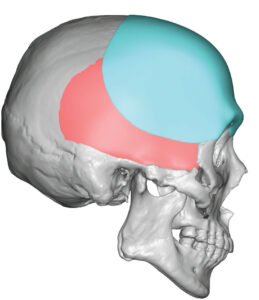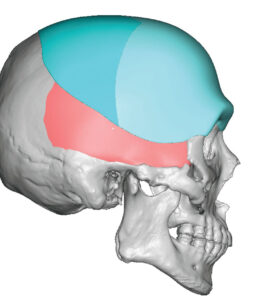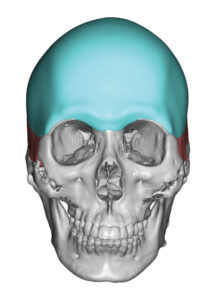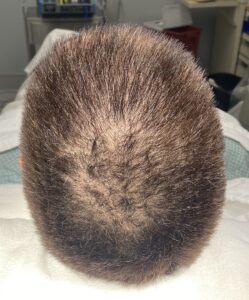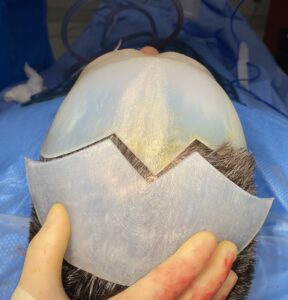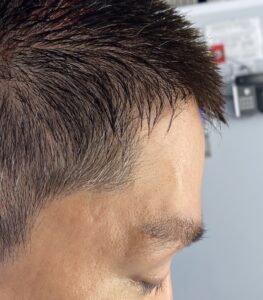Background: One of the primary benefits of custom face and skull implants is that they allow for augmentations possibilities that exist by no other surgical method. The results obtainable exceed anything achievable with bone cements or even bone repositioning. (ff that is even possible for the intended result) While the bone surface coverage is made possible by custom implant designs there is no formula or scientific method which provides a precise guide as to the shape and various projections of any implant footprint. Many patients erroneously assume that is what a custom implant design does…but it does not. The shape and dimensions of the implant must be provided with the hope that its effects will approximate the aesthetic outcome the patient desires.
As a result it is not rare that, while the initial custom implant design provided benefit sometimes even substantial, it did not achieve the patient’s goals. This is the same potential outcome that can occur no matter how much thought the patient and/or the surgeon puts into it. You simply can’t completely control the unknown relationship between design and outcome. And seeing the implant on the bone in a design is bit misleading as there is no accounting for the influence of the overlying soft tissue effects on that bony design.
Augmenting the entire upper third of the face technically has more volume than a wrap around jawline implant by a factor of at least 2X or more. As a result with more implant volume the more unpredictable the aesthetic outcome may be.
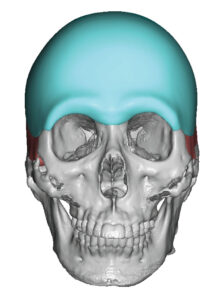
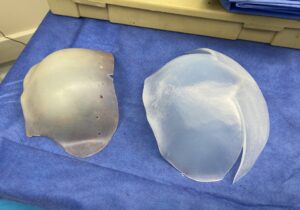
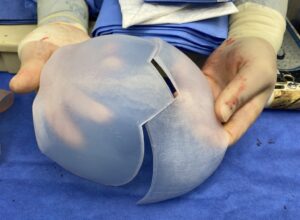
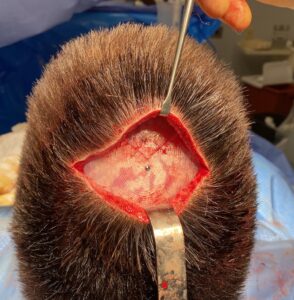
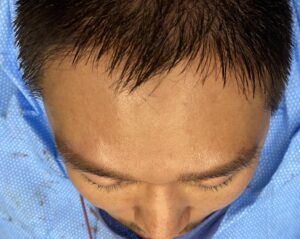
This is a not uncommon custom implant case where the first result is good but just not quite ideal. How far one wants to go to get there is a function of economics and effort.
Case Highlights:
1) One of the common lessons learned in custom facial implants is that secondary adjustment or replacement of the first implant design is not rare. Often one learns from the first design to know how to make the second design even more aesthetically pleasing.
2) In skull implants in particular increasing its dimensions often means it has to have a larger footprint…which may create challenges in its placement.
3) A custom forehead brow bone implant that needs to widen the forehead and the bony temporal lines requires an extended footprint and becomes more like 1/2 a skull augmentation.
Dr. Barry Eppley
World-Renowned Plastic Surgeon



